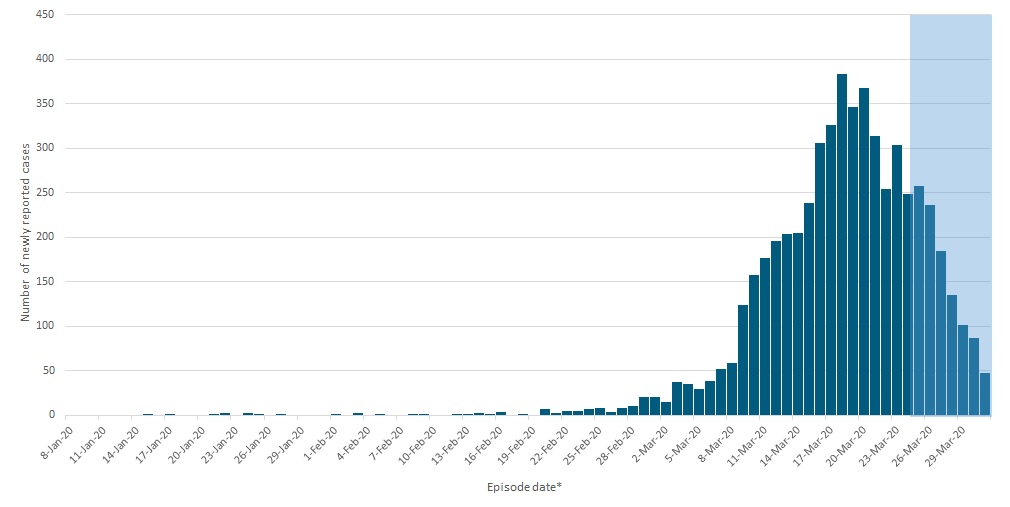Figure 2. New reported COVID-19 cases (n=5,590
1) in Canada by episode date2 as of April 1, 2020, 11 am EDT

In time, if the proportion of the population that has been infected rises high enough, R0 will fall below 1 without a lock-down because most people are immune and cannot therefore be (re-)infected. That is why, in Britain, epidemiologists are now conducting surveys to determine how many people have already acquired immunity. If the proportion is high enough, probably over 60%, herd immunity will have been achieved. That means that even without control over human interactions, R0 will be less than 1 and the virus will be unable to spread. At that point, any new outbreak will die out spontaneously and the national lock-down can be ended.
A further consequence of making a reliable estimate of the population-wide infection rate is that it will provide a basis for an accurate estimate of the mortality rate for the disease. At present, mortality rate estimates are hopelessly skewed because the infection rate includes only those with disease symptoms who are known to medical authorities. Those who suffer the illness without reporting to a doctor, or who are infected without experiencing disease symptoms, are currently excluded from mortality rate estimates, thus elevating the apparent death rate, probably many times in excess of the actual rate.
Related:
James Corbett: The Things You CANNOT Say About Coronavirus
Spectator USA: No lockdown, please, we’re Swedish
Guido Fawkes: China Faking Corona Virus Stats?
No comments:
Post a Comment